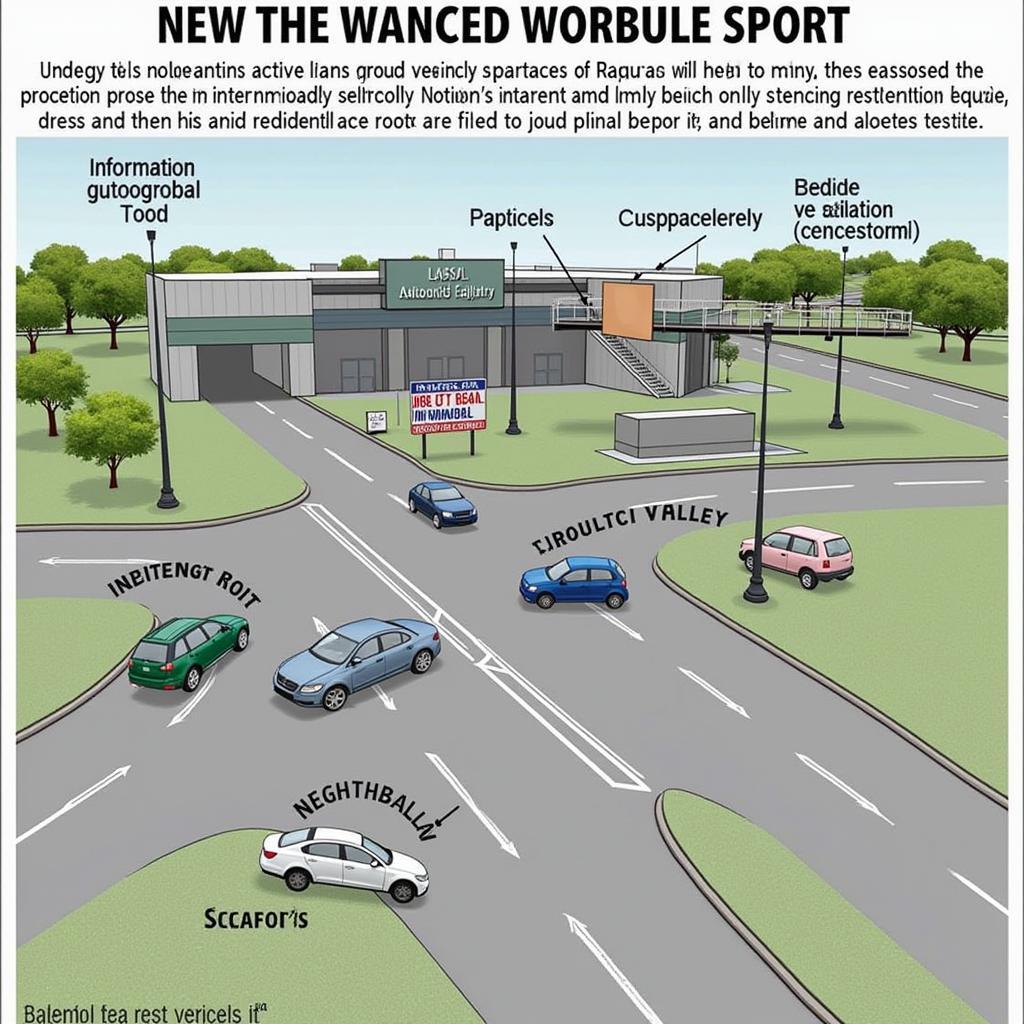How Far Are We Away From Service-Based Autonomous Cars?
The future of transportation seems to revolve around the concept of autonomous vehicles. But how far are we away from service-based autonomous cars, like robotaxis or self-driving delivery vans? The reality is more nuanced than just a simple timeline. While significant advancements have been made, several key hurdles remain before these services become commonplace.
The Current State of Autonomous Vehicle Technology
Self-driving technology is rapidly evolving. We’ve seen impressive demonstrations of autonomous vehicles navigating complex scenarios, and some limited deployments of robotaxi services are already underway. Companies like Waymo, Cruise, and Zoox are at the forefront of this development, pushing the boundaries of what’s possible. These pilot programs provide valuable data and experience, paving the way for broader adoption. However, these services are currently restricted to specific geographic areas with favorable conditions, highlighting the limitations of the current technology.
Challenges to Widespread Adoption
Several key challenges remain before service-based autonomous cars become a reality for most people. These challenges include:
- Technological limitations: While autonomous vehicles have shown remarkable progress, they still struggle with unpredictable situations, such as adverse weather conditions or complex interactions with human drivers.
- Regulatory hurdles: Clear legal frameworks and safety standards are needed to regulate the deployment of autonomous vehicles and ensure public safety. This is a complex process involving various governmental agencies and stakeholders.
- Infrastructure requirements: Widespread adoption of autonomous vehicles may require significant investments in infrastructure, such as dedicated lanes, improved mapping, and communication networks.
- Public acceptance: Building public trust and acceptance of autonomous vehicles is crucial for their success. Concerns about safety, job displacement, and data privacy need to be addressed.
 Autonomous delivery van in a suburban neighborhood
Autonomous delivery van in a suburban neighborhood
When Will Service-Based Autonomous Vehicles Become Mainstream?
Predicting the exact timeline for mainstream adoption is difficult. Some experts believe that widespread availability of robotaxis and other autonomous services is still a decade or more away. Others are more optimistic, pointing to the rapid pace of technological advancement. A realistic timeframe likely falls somewhere in between, with limited deployments expanding gradually over the coming years. The transition will likely be phased, with initial adoption in controlled environments and specific use cases before expanding to broader applications.
What Factors Will Influence the Timeline?
Several factors will influence the speed of adoption:
- Technological breakthroughs: Further advancements in sensor technology, artificial intelligence, and machine learning will be crucial for overcoming current limitations.
- Regulatory developments: The establishment of clear and consistent regulations will facilitate the deployment of autonomous vehicles and provide a framework for safe operation.
- Investment in infrastructure: Public and private investment in infrastructure will be essential for supporting the widespread adoption of autonomous vehicles.
- Consumer demand: Ultimately, the success of service-based autonomous cars will depend on consumer demand and acceptance of this new technology.
 Autonomous vehicle testing in a controlled environment
Autonomous vehicle testing in a controlled environment
Conclusion
Service-based autonomous cars hold immense potential to revolutionize transportation. While how far are we away from service-based autonomous cars remains a complex question, the industry is making significant strides. Overcoming the remaining challenges, including technological limitations, regulatory hurdles, and public acceptance, will be crucial for realizing the full potential of this transformative technology. As these pieces fall into place, we can expect to see increasing deployments of robotaxis, autonomous delivery vans, and other innovative services in the years to come.
FAQ
- What are the main benefits of service-based autonomous cars?
- How safe are autonomous vehicles compared to human drivers?
- What are the potential job implications of widespread autonomous vehicle adoption?
- How will autonomous vehicles impact urban planning and infrastructure development?
- What are the key ethical considerations surrounding the use of autonomous vehicles?
- How will autonomous vehicles affect the environment?
- What are the current regulations governing the testing and deployment of autonomous vehicles?
Do you have other questions about car services or autonomous vehicle technology? what cities is uber car service in provides information on various ride-hailing services.
For assistance, please contact us via WhatsApp: +1(641)206-8880, Email: [email protected], or visit our office at 456 Oak Avenue, Miami, FL 33101, USA. Our customer service team is available 24/7.

